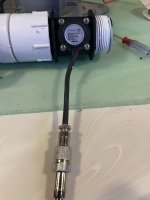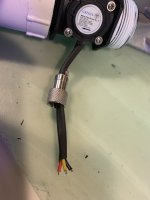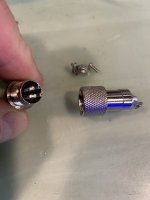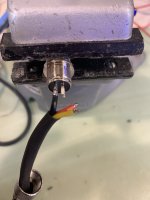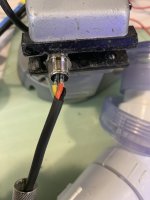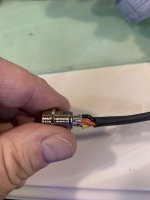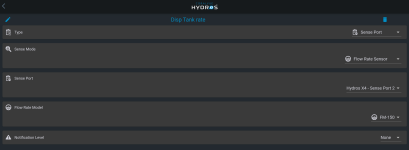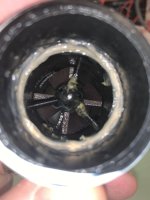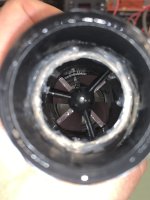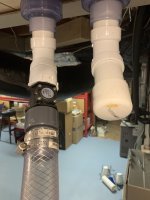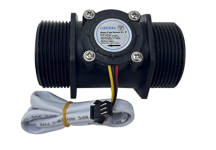 I have been asked several times about how to interface the Gredia flow sensors that can be purchased on Amazon (located here). I have had 3 of these sensors in operation on the Hydros for about 2 months. I have a 1.5" model on my return pump and I have 2 of the 0.5" models on my reactors. These flow sensors are paddle sensors. They are similar in concept to the ones that are used on the Apex. The paddles are inline with the flow of water within the pipe. The rate at which the paddles spin is used as a measure of flow rate within the pipe. They generate a digital signal that is a pulse pattern when the paddles are spun. The flow rate is computed by dividing the number of pulses counted by the time over which they occurred. These sensors have a few drawbacks because the paddles are within the flow of water that should be mentioned.
I have been asked several times about how to interface the Gredia flow sensors that can be purchased on Amazon (located here). I have had 3 of these sensors in operation on the Hydros for about 2 months. I have a 1.5" model on my return pump and I have 2 of the 0.5" models on my reactors. These flow sensors are paddle sensors. They are similar in concept to the ones that are used on the Apex. The paddles are inline with the flow of water within the pipe. The rate at which the paddles spin is used as a measure of flow rate within the pipe. They generate a digital signal that is a pulse pattern when the paddles are spun. The flow rate is computed by dividing the number of pulses counted by the time over which they occurred. These sensors have a few drawbacks because the paddles are within the flow of water that should be mentioned.- They impede flow of water to some degree. Thus, they will slightly reduce your overall flow rate because it is more difficult for the pump to push the water through the pipe. While this is certainly an issue, the head loss due to several 90degree turns will be far more significant than the increase in impedance due to incorporating a flow sensor.
- They are susceptible to having stuff grow on them or get caught on them. I try to use these on the "clean" side of my system after the water has gone through a filtration stage. Later in this thread, I'll show you what I observed in the first 2 months of operation with the 1.5" model.

